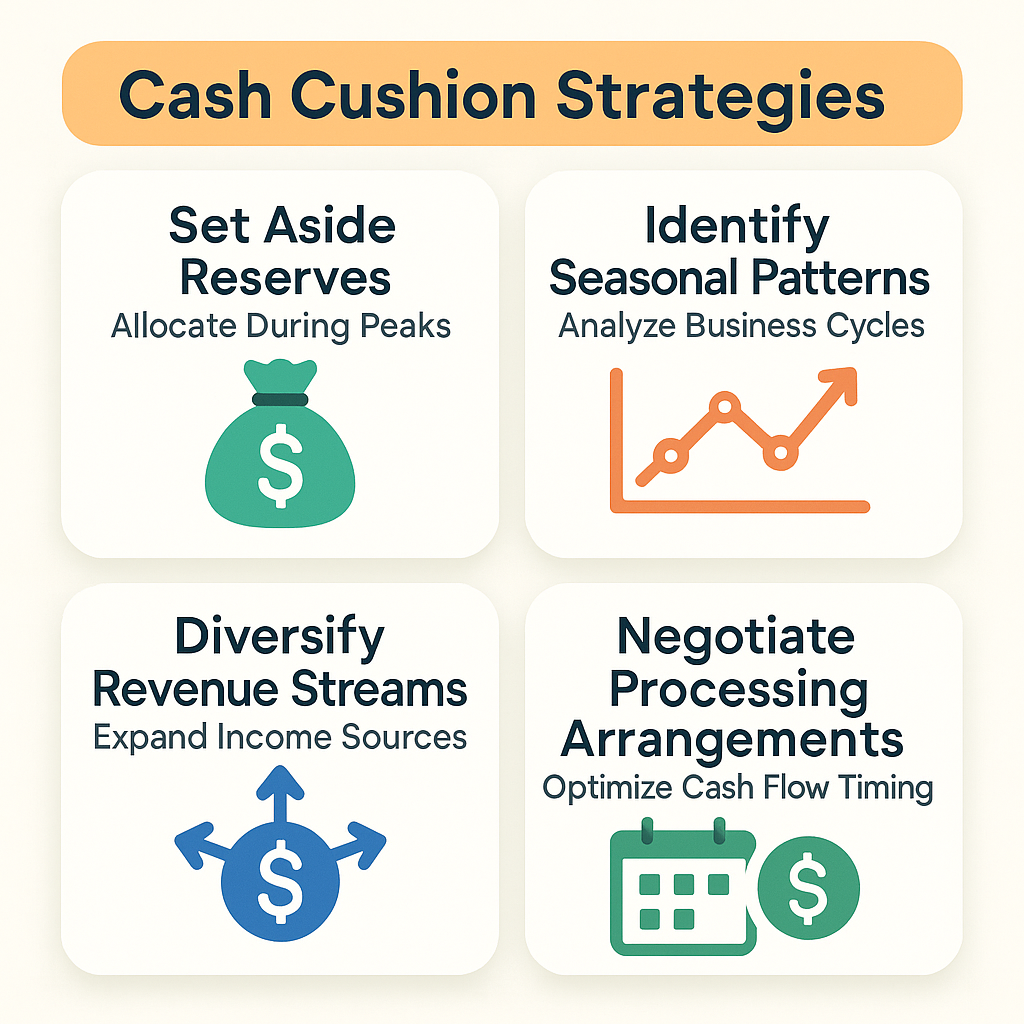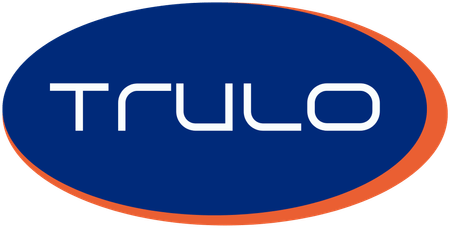Managing a merchant cash advance requires careful attention to repayment mechanics and cash flow planning. Unlike traditional loans with fixed monthly payments, MCAs automatically deduct a percentage of your daily receipts, making your repayment amount fluctuate with sales performance. Understanding MCA repayment best practices helps you maintain healthy cash flow, avoid financial strain, and successfully complete your advance agreement. This guide covers the essential strategies every business owner needs to manage their MCA effectively.
Essential Steps for Managing Your Holdback Rate and Daily Receipts
MCA repayment best practices start with understanding how your holdback rate affects daily operations. The holdback rate determines what percentage of your daily receipts goes toward repayment, and this automatic deduction cannot be skipped or deferred.
- Calculate your actual daily repayment impact: Multiply your average daily sales by your holdback percentage to determine your typical daily payment amount. This helps you budget for the reduction in available cash flow.
- Monitor your daily receipts patterns: Track sales fluctuations throughout the week and month to identify when repayments will be higher or lower. Understanding these patterns allows you to prepare for heavier deduction days.
- Adjust inventory and expenses accordingly: Plan major purchases and operational expenses around your repayment schedule. Avoid large expenditures immediately after high-sales days when deductions will be substantial.
- Review your holdback rate regularly: Some MCA agreements allow for rate adjustments based on performance. Stay informed about any opportunities to modify your terms if your business circumstances change.
Building and Maintaining Your Cash Cushion During Revenue Dips

A strong cash cushion is critical for handling MCA repayments during slow periods. Revenue dips are inevitable in most businesses, but your repayment obligations continue regardless of daily sales volume.
- Set aside reserves during peak periods: When sales are strong and repayments are high, allocate a portion of remaining receipts to a dedicated reserve fund. This creates a buffer for operational expenses during slower periods.
- Identify seasonal patterns early: Analyze your business cycles to predict when revenue dips typically occur. Plan your cash reserves around these predictable downturns to ensure you can cover essential expenses.
- Diversify revenue streams: Reduce dependence on a single income source by expanding product lines, services, or sales channels. Multiple revenue streams help stabilize daily receipts and smooth out repayment fluctuations.
- Negotiate payment processing arrangements: Work with your payment processor to optimize cash flow timing. Some processors offer faster settlement periods that can improve your daily cash position.
Strategic Debt Prioritization and Refinance Timing
When managing multiple financial obligations alongside your MCA, strategic prioritization becomes essential. MCA repayments are automatic and cannot be delayed, which affects how you handle other debts and financial commitments.
MCA payments take priority through automatic deduction, so plan other debt payments around your remaining cash flow after daily holdbacks. Focus on maintaining essential operational expenses first, followed by secured debts, then unsecured obligations. Consider refinance timing carefully, as replacing your MCA with traditional financing may offer lower costs and more predictable payments. However, ensure you can qualify for alternative financing before your current MCA creates cash flow strain that might hurt your creditworthiness.
- Prioritize essential business expenses like payroll, rent, and utilities after MCA deductions
- Maintain minimum payments on secured debts to protect collateral assets
- Evaluate refinancing options before cash flow issues develop
- Consider consolidating multiple debts to simplify payment management
- Review your credit profile regularly to identify improvement opportunities
- Time refinance applications during strong sales periods when financial statements look best
- Prepare detailed cash flow projections to support alternative financing applications
Successful MCA management requires proactive planning and consistent monitoring of your cash flow patterns. By understanding your holdback rate impact, building adequate reserves, and strategically managing your overall debt portfolio, you can navigate MCA repayments while maintaining business stability. Remember that MCAs work best for businesses with steady daily receipts and strong cash flow management practices. If you find yourself struggling with repayments or considering refinancing options, evaluate your situation early rather than waiting for financial stress to develop. Proper implementation of these MCA repayment best practices will help you complete your advance agreement successfully while positioning your business for continued growth.

.png)


